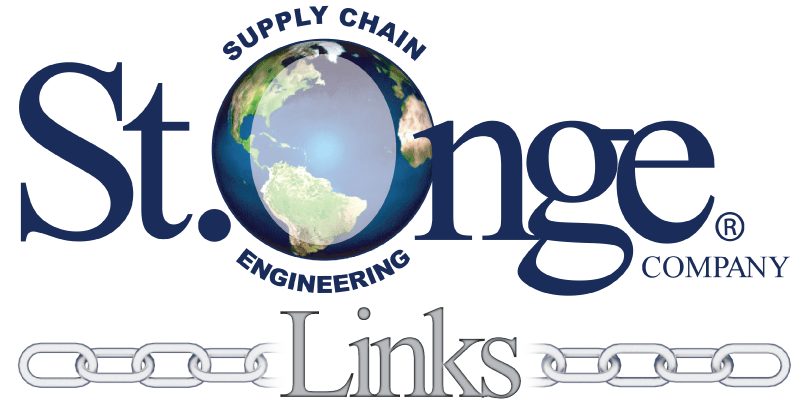 Strengthening your supply chain one link at a time.
Strengthening your supply chain one link at a time.
If you are new to the transportation industry, you have likely encountered many unique terms and definitions. Terms such as Bill of Lading, standard carrier alpha code (SCAC), freight class, and dimensional weight. The list goes on. There are several terms associated with ocean freight and specifically the cost components of shipping goods via ocean that are important to understand. Here’s a breakdown of the key components:
Understanding these components is essential for accurately estimating and managing the overall cost of shipping goods via ocean freight.
—Dave Wheeler, St. Onge Company